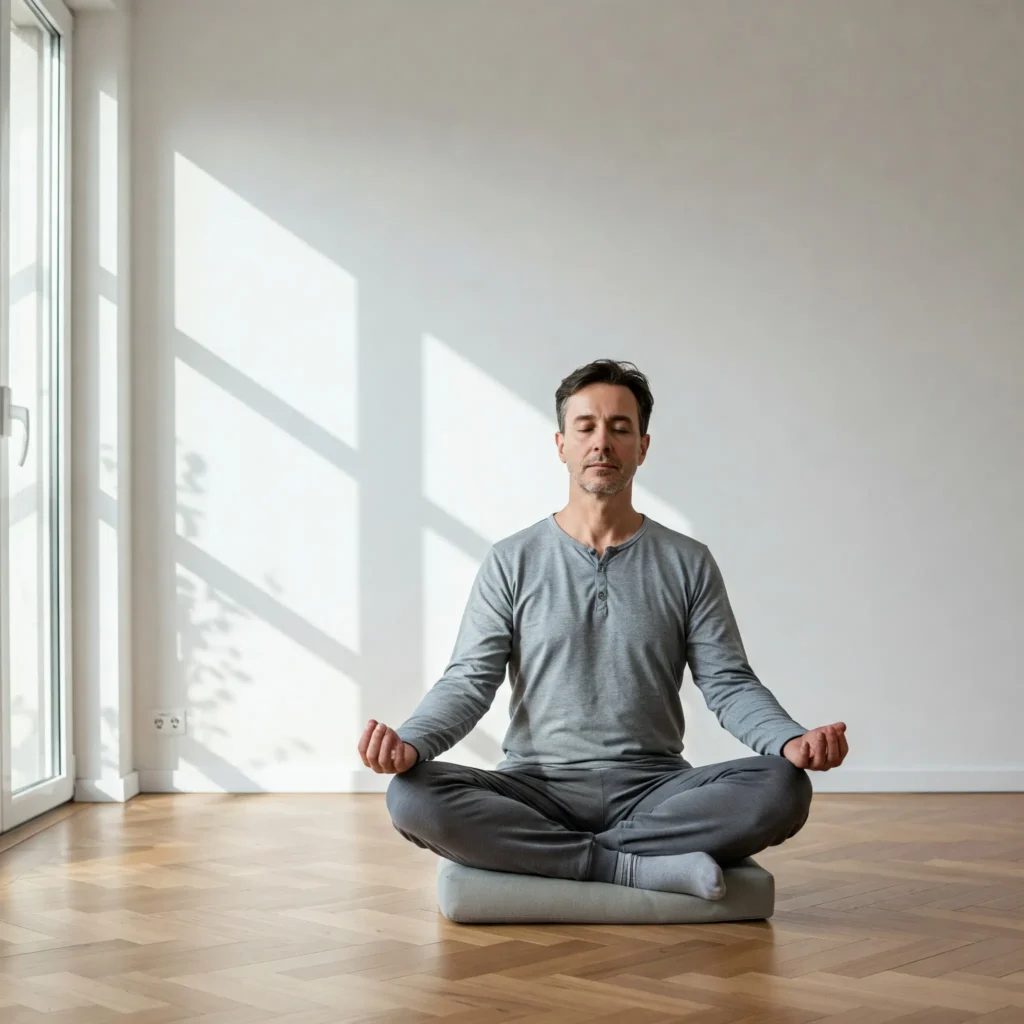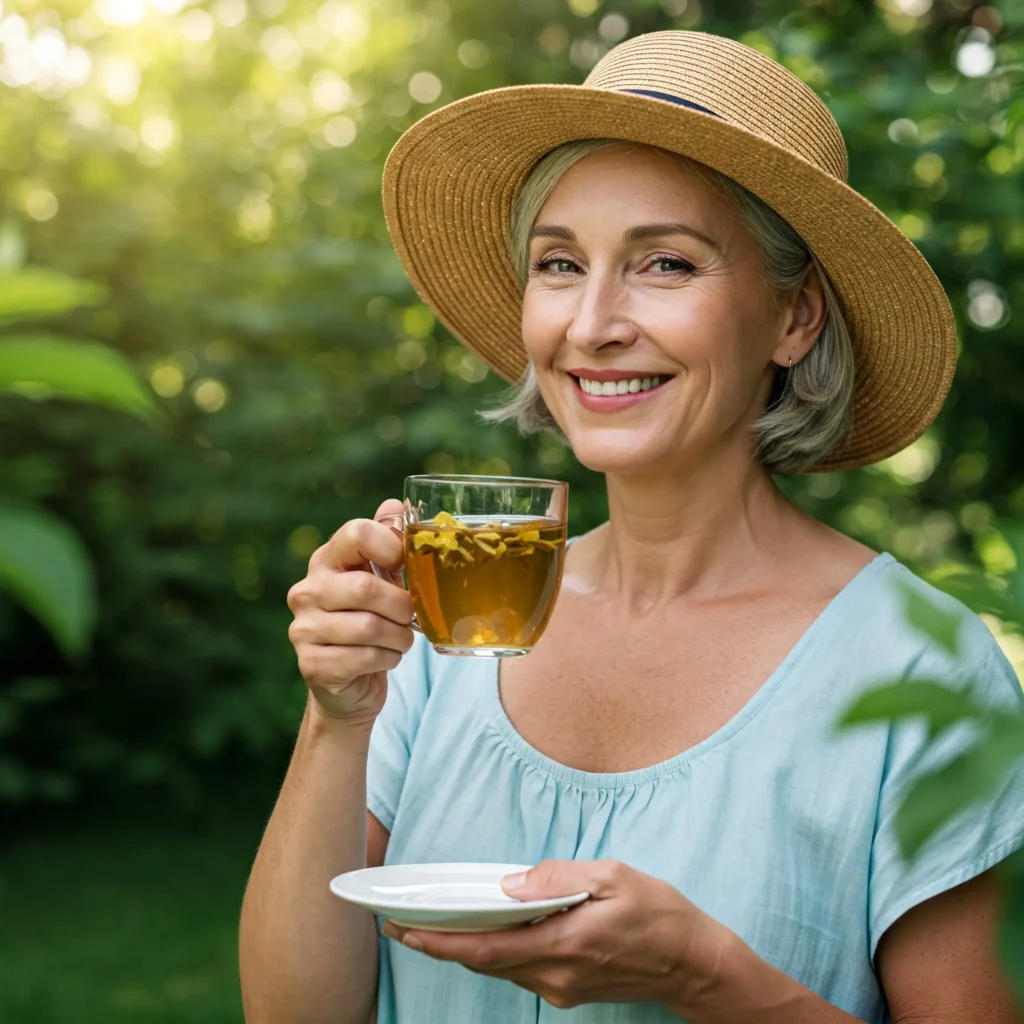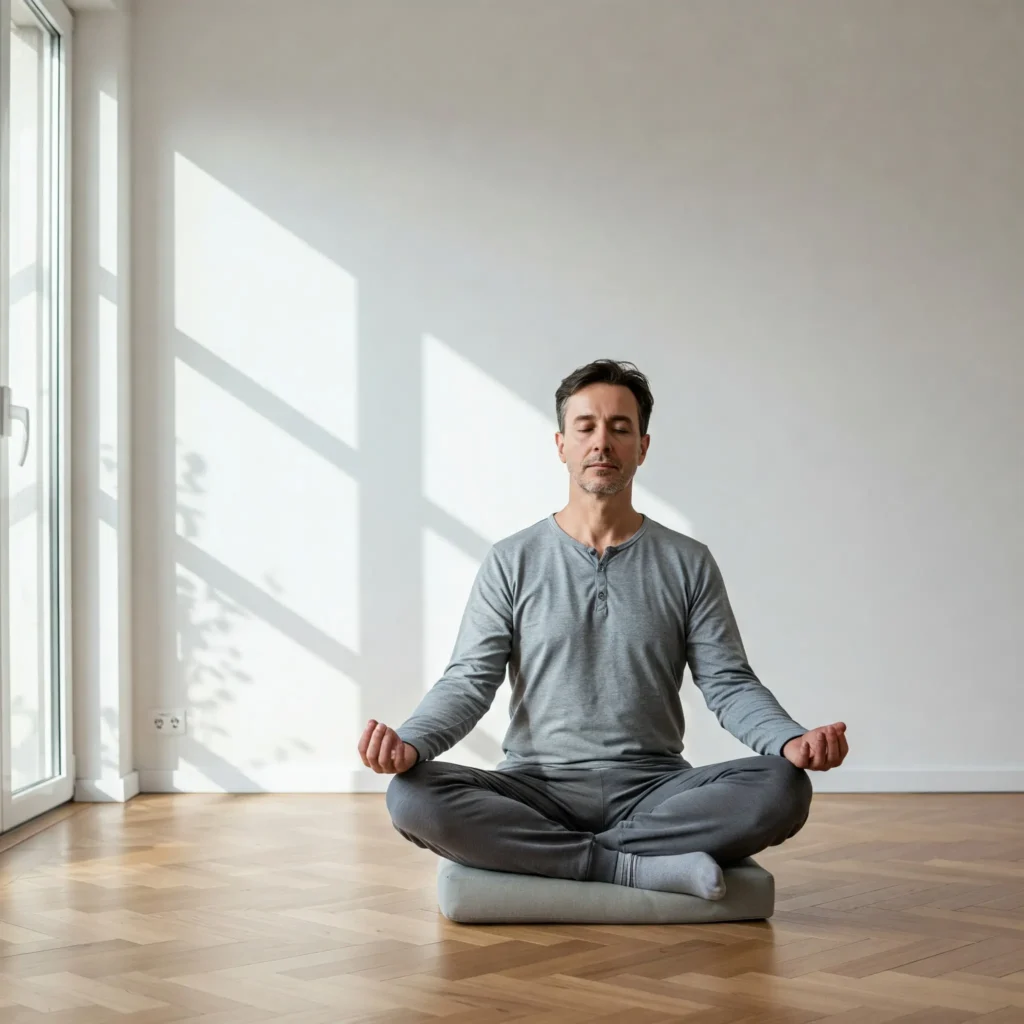Minimalism, with its focus on simplifying our lives and letting go of excess, and mindfulness, with its emphasis on present moment awareness, might seem like distinct practices. However, they share a deep connection that can enhance our well-being and lead to a more fulfilling life. This article explores the synergy between minimalism and mindfulness, highlighting how these practices can work together to cultivate presence, intentionality, and a deeper appreciation for everyday experiences.

The Intersection of Minimalism and Mindfulness
Minimalism and mindfulness both encourage us to simplify and focus. Minimalism declutters our physical space and commitments, while mindfulness declutters our minds, freeing us from distractions and worries. By combining these practices, we create space for what truly matters, both internally and externally.
How Minimalism Supports Mindfulness
- Reduced Distractions: A clutter-free environment promotes a calmer mind. By removing excess possessions and visual distractions, we create a more serene space conducive to mindfulness practice.
- Increased Awareness: Minimalism encourages us to be more conscious of our consumption habits and the impact our choices have on ourselves and the environment. This heightened awareness naturally extends to other areas of our lives, fostering mindfulness in our daily activities.
- Greater Appreciation: When we let go of the constant pursuit of more, we begin to appreciate what we already have. Minimalism cultivates gratitude and contentment, which are essential qualities for mindful living.
- More Time for Presence: By simplifying our schedules and commitments, minimalism frees up time for mindfulness practices, such as meditation, yoga, or simply spending time in nature.
How Mindfulness Enhances Minimalism
- Intentional Choices: Mindfulness helps us make more conscious choices about what we bring into our lives. By being present in the moment, we can discern between needs and wants, avoiding impulsive purchases and accumulating unnecessary clutter.
- Deeper Appreciation: Mindfulness cultivates a deeper appreciation for the things we own and the experiences we have. This can lead to greater contentment with less, reducing the desire for material possessions.
- Gratitude for Simplicity: Mindfulness helps us recognize and appreciate the beauty of simplicity. We begin to find joy in the everyday moments, rather than constantly seeking external sources of happiness.
- Release of Attachment: Mindfulness helps us detach from our possessions and recognize that our worth is not defined by what we own. This can make it easier to let go of things that no longer serve us.
Cultivating Minimalism and Mindfulness in Everyday Life
- Mindful Consumption: Before making a purchase, pause and ask yourself: “Do I truly need this?” “Will this add value to my life?” “What impact will this have on the environment?”
- Gratitude Practice: Take time each day to appreciate the things you have, the people in your life, and the simple pleasures of everyday experiences.
- Mindful Decluttering: When decluttering your home, approach the process with mindfulness. Pay attention to your emotions and thoughts as you let go of possessions.
- Digital Minimalism: Simplify your digital life by reducing screen time, managing notifications, and being more intentional about your technology use.
- Mindful Moments: Incorporate mindfulness into your daily routine. Take a few minutes each day to simply sit quietly, observe your breath, and notice the sensations in your body.

Conclusion
Minimalism and mindfulness are complementary practices that can enrich our lives in profound ways. By cultivating both, we can create a life that is grounded in presence, intentionality, and a deep appreciation for the simple things. Together, they offer a path to greater freedom, focus, and fulfillment.



